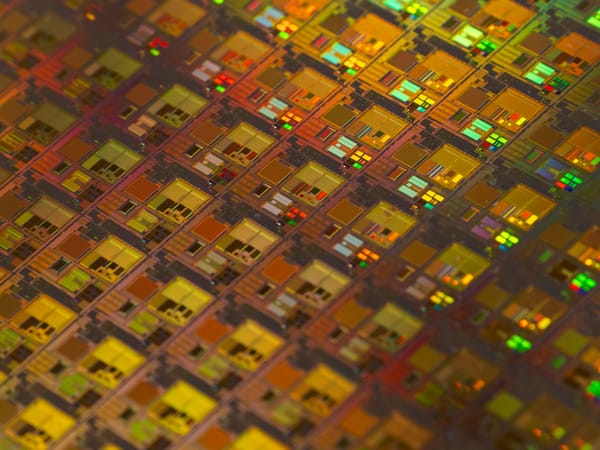I can show you the world: How gene therapy brightens the future for eye diseases
Developments in gene therapy could offer hope for a cure to inherited retinal diseases in the near future.

You may have your mother’s eyes, or your father’s nose, as genetics plays a significant role in determining physical traits such as height and eye colour. But genes can also determine other things: diseases! Cystic fibrosis is an example of a disease that has a genetic basis, meaning that the conditions can be passed on to subsequent generations.
Genes are the information that our bodies hold, so our cells know how to react in certain environments. Imagine a construction worker: she obtains her information from the blueprint (i.e. genes), and from these instructions is able to build an object. Simple, right? Unfortunately not! Errors do occur, and the blueprint can contain mistakes. In the case of inherited retinal diseases, a group of conditions that affect the eyes, this can result in symptoms such as blurred eyesight, and eventually loss of central vision.
Research has indicated that the cause of at least five types of inherited retinal diseases stem from an erroneous gene known as BEST1: it contains information that builds channels to allow substances such as calcium ions to be transported in and out of the cells. Subsequently, this allows these cells to interact with the surrounding nerve cells. A faulty form of the BEST1 gene causes these cells in the eyes, namely the retinal pigment epithelium (RPE), to lose function, resulting in detachment of the RPE. Previously proven in mouse and canine models, the integrity of RPE is vital to the general health of the eye, as it maintains the correct environment for other nearby cells. Any detachment of the RPE, large or small, can impact the health of photoreceptors – the cells that are essential for detecting light. Thus the disease eventually leads to the loss of sight, and is currently untreatable.
“To correct the error, scientists have been trying to utilise viruses as carriers”
To correct this error in the genes, scientists have tried to utilise viruses as carriers to transport the healthy copy of the gene into the targeted cell. While some may fear the use of viruses – as they are notorious for being infectious and deadly – broadly speaking, virus carriers often have their virulence removed, meaning they would not be able to cause any harm once modified. This idea of transferring the healthy copy of the gene into a person is called gene therapy.
Recently, a group from the University of Pennsylvania, led by Karina E. Guziewicz, has developed a treatment of this type, targeting these genetic forms of macular degeneration in a canine model. In the model, the scientists have identified the molecular mechanisms at which the disease is causing issues and verified the identity of the gene that needs to transported back to the patient to reverse the mistake. The researchers used adenoviruses (AAV2) to augment the BEST1 gene in one eye, leaving the other eye untreated for comparison. The virus that contained the healthy gene was injected into the sub-retinal region of the eye with micro or macro-detachments.
Results indicated that the host’s immune system did not react to the virus, suggesting the safety of such a treatment, since adverse immune responses can lead to failure of the therapy or result in harmful effects on the host. In addition, researchers found the delivery of the healthy BEST1 gene is well located, suggesting the viruses are specific to the intended target. Using non-invasive scanning techniques, the researchers also noticed the lesions in the treated eyes were resolved, showing the restoration of the retinal structure. As mentioned, the structure of the eye is essential for maintaining normal vision, therefore this clearly is a step forward in curing inherited retinal diseases!
While dog models closely resemble humans, future research in this field should use human models with RPE cells to further prove the safety and efficacy of this gene therapy. Furthermore, the group discovered that light stimulation can worsen the detachment of the RPE. Since this was not observed in human patients previously, more work is needed to establish whether this phenomenon occurs in humans too.









